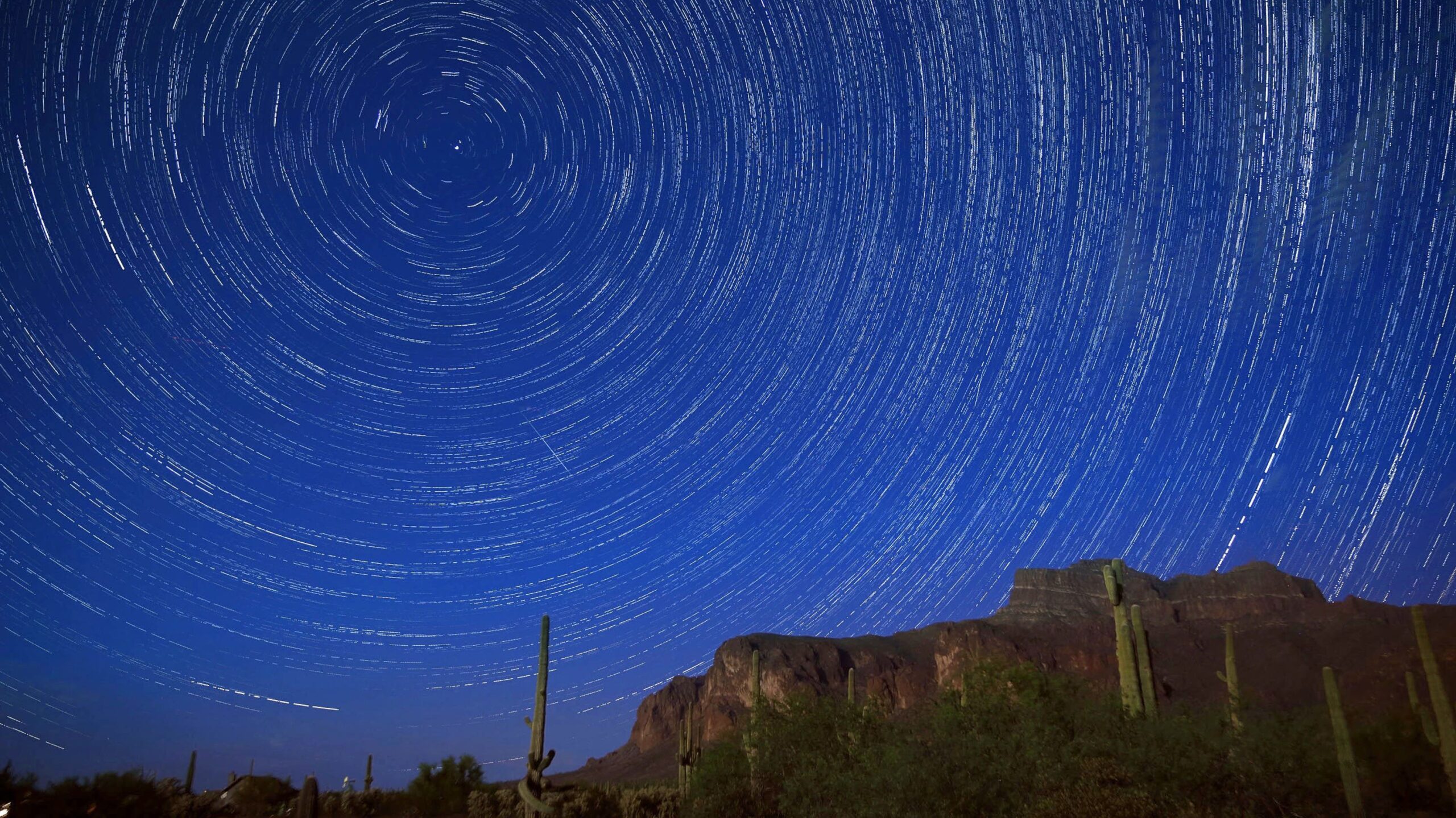
It’s the Perfect Time to Look for Meteor Showers

Meteor Shower

As the earth explodes with violence, the sky is exploding with falling stars.
This summer, from July 12 through August 23, the Delta Aquariid Meteor Shower is taking to the skies. As one of the longest-running and slowest-moving meteor showers around, this occasion marks the perfect opportunity to do some star-gazing and even some star-photographing.
Tonight, July 29th, the Delta Aquariid will coincide with the Alpha Capricornids meteor shower, making this one of the best times to go star-gazing
What Are Meteor Showers?
Meteor showers are comprised of small objects that burn up as they pass through the Earth’s atmosphere. The showers we see are made up of meteoroids, which are very tiny objects—as small as grains of sand—that manage to send off incredible flares as they pass us by. When they catch fire and begin to cast luminescent trails behind them, they become meteors.
Like diamonds, meteoroids become meteors through intense pressure created by the crush of the earth’s atmosphere as the meteor barrels through it.
How to Photograph a Meteor Shower
If you’re looking to capture some of the sky’s magnificence, now might be your best shot. Start by lining up your shot with something steady, like a tree or mountain, and make sure you have a clear view of the sky. Set up your camera so that it takes the same photo over and over again, and let it be for a few hours. For best results, try using the lens’s infinity focus, use a wide-angle lens, set the aperture to f.28 or as low as possible, don’t switch on any lights while shooting, and try to capture the same photo at least 200 times.
If you’re lucky you’ll wind up with photos that look something like this:
 shooting star
shooting star
Perhaps you’ve seen photos of star-trails: those magnificent time-lapse photos that seem to contain thousands of shooting stars all bound up in one. If you’re looking to create one of these on your own, try the free software StarStaX, which will allow you to drag-and-drop all your photos into one; if you’ve successfully captured a meteor shower, you should be able to create one of these trippy spiral-like shots.
 meteor showeryoutube
meteor showeryoutube
Myths About Shooting Stars
Shooting stars have always captivated humans, and have been the subject of many myths across time. Meteor showers generally inspire people to make wishes or predictions today, but the mythology surrounding them is vast, expansive, and varied.
One of the most ancient myths about shooting stars was recorded in Ancient Greece, but possibly dates far further back. It tells the story of Phaethon, a god who once descended to earth in a fiery chariot. He saw humanity was in chaos, and so built a great circle and set about teaching people various arts including astronomy, mathematics, metalworking, and the like; his teachings, according to some myths, gave rise to the ancient Druidic order.
The ancient Greeks believed stars were the souls of the dead, returning to make contact from the spiritual world. Some Greeks and Romans also believed that shooting stars were signs of a great forthcoming event, which could be good or bad, and others believed they were signals from the gods.
In some Central European mythology, stars are human souls, and when the fates cut the thread of life then the stars fall. Some early Christians believed that meteors were fallen angels being cast out of heaven.
The San Bushmen of northern Namibia and the Masai of Kenya and Tanzania saw meteors as good omens for a fertile seasons ahead. To other groups like !Xu Bushmen, meteors were evil spirits. The Zulu tribes have a myth that says shooting stars are celestial cattle migrating across the sky, and comet trails are muddy streaks. Some old Russian myths propose that stars are fireballs thrown by vengeful angels. Some Muslim cultures hold meteorites sacred. In the Philippines, there’s a myth that says shooting stars are the souls of drunkards stumbling up in to the sky and falling down over and over. In Native American folklore, stars are associated with coming sickness, with banished demons, or with moving souls.
The Ojibwa of the upper Great Lakes region have a story about “Long Tailed Heavenly Climbing Star,” a star that once came down and destroyed everyone but the Native American tribes who were warned by a spirit, and hid in mossy bogs and were saved from the heat. The myth predicts the star will return.



